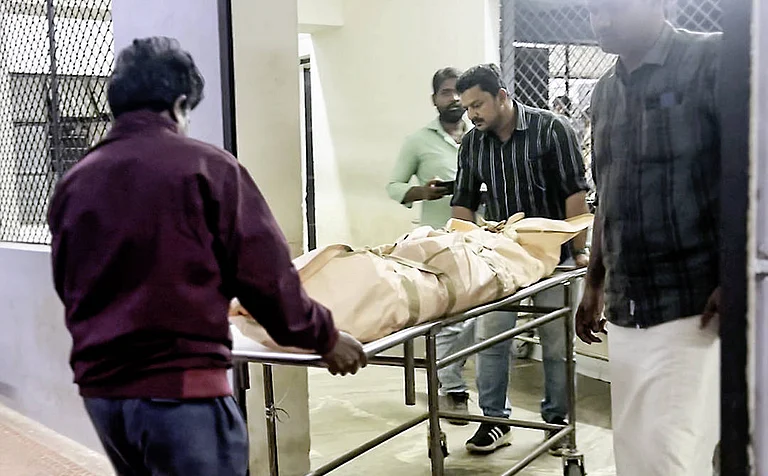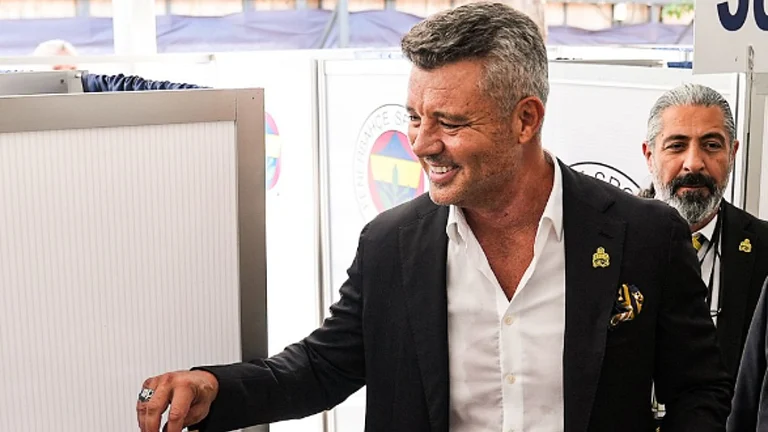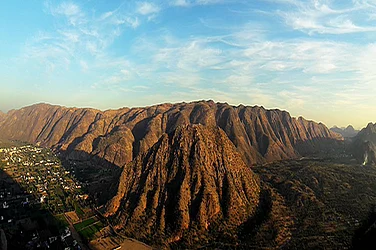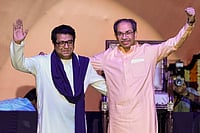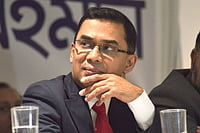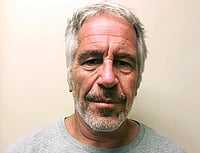Along the ruins of the triple-train accident in Odisha, a support system is being built for the NDRF personnel who have been left “traumatised” by the death and destruction seen during the rescue operations. Bed sheets, which are given on trains, were used to carry the dead. The white going red is creating a dreadful situation for the NDRF men to witness. They have been hallucinating and losing their appetite for days now since last Friday's tragedy.
Like the impact of natural disasters, traumas from such accidents can also be sudden and overwhelming.
Sharing the plight of the rescue workers, who have been going through several traumatic moments while identifying and seeing limbless bodies, NDRF director general Atul Karwal narrated how one of the personnel was hallucinating about seeing blood as their days and nights have been occupied with pulling bodies from the pool of blood.
“I recently met the rescuers engaged in rescue operation in the Balasore train accident… Someone told me he hallucinated that he was seeing blood every time he saw water. Another person said he lost the urge to eat after this rescue operation,” Karwal told PTI.
The triple-train tragedy involving the Shalimar-Coromandel Express, the Bengaluru-Howrah Superfast Express, and a freight train near Bahanaga Bazar station in Balasore district has claimed 288 lives and left over 1,000 people injured. This was one of the deadliest train accidents this country has ever seen. As many as 21 coaches got derailed and were severely damaged in the accident, trapping hundreds of passengers.
Limbless bodies, love letters, gory visuals, and stories of people screaming in pain have been doing the rounds on social media.
Amid such traumatising and exhausting situation, even hardened professionals associated with NDRF have been left shaken up.
Taking note of how the accident can take a mental toll on someone, who is constantly on the ground pulling out injured and dead people, Karwal said that counselling programmes are being set up for them.
The NDRF DG, who toured the accident site on Sunday, said that keeping in mind the issues faced by some of his personnel, the force has initiated psychological counselling and mental stability courses once they return from a rescue and relief operation where they saw several deaths and victims suffering from excruciating pain.
"Our personnel need to be mentally and physically fit and hence we have included various physical and mental fitness programmes. Counselling sessions are being conducted to ensure the good mental health of the rescuers," Karwal said.
The NDRF has also initiated the process of hiring a permanent counsellor in its ranks rather than hiring their services on a temporary basis. Similar services were also given to the rescue workers who came to India from Turkey after carrying out rescue operations in the earthquake-hit country.
Special fitness and health exercises were launched in January last year for NDRF personnel. After an assessment, Karwal said that about 95 per cent of the estimated 18,000 personnel-strong force was "fit", adding that, adding the average BMI of 90 per cent of the contingency force was less than 25, an indicator of an individual being physically fit.
Meanwhile, the Odisha government has asked two voluntary organisations to provide counselling services to the families of those dead and injured at the Bhubaneswar Municipality Corporation and AIIMS, Bhubaneswar.








